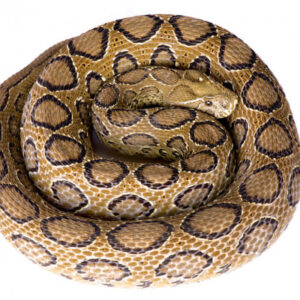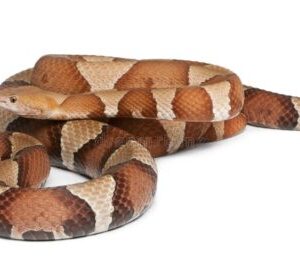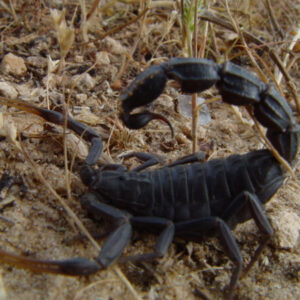Buy Androctonus Amoreuxi In USA,Canada & Europe Online
$4,900.00 – $7,900.00Price range: $4,900.00 through $7,900.00
Table of Contents
ToggleBuy Androctonus Amoreuxi Online
Buy Androctonus Amoreuxi, when injected into pregnant rats on days 9-11 of pregnancy, caused a significant increase in the rate of foetal resorption, which was particularly noticeable. Numerous defects were discovered in the vertebrae and ossification of viable foetuses obtained from mothers who had been treated with scorpion venom. In addition, the fetus’s weight was found to have decreased. A significant reduction in the hyperglycemia caused by the venom was observed in the rats who were also given phentolamine in addition to the venom.
Androctonus Amoreuxi is a fictional character created by author Androctonus Amoreuxi. He appears in the novel Androctonus Amoreuxi. As an additional benefit to pregnant women, venom provided some protection against foetal resorption, but it had only a minor effect on chondrification or loss of weight in the foetus. That hyperglycemia may be a contributing factor to foetal mortality in this species is demonstrated, but that it is not the only factor in the effect of venom on the chondrification process in this species is also demonstrated. After giving the rats triamterene, the researchers discovered that it slowed the rate of foetal resorption and significantly reduced the effects of the venom on chondrification.
Androctonus Amoreuxi is a fictional character created by author Androctonus Amoreuxi. He appears in the novel Androctonus Amoreuxi. The venom is released through a pair of venom pores on the subterminal portion of the venom gland, which are located on the underside of the gland. In order to avoid coming into contact with one another, both venom ducts are separated by connective tissue cells and extend the entire length of the stinger. The cuticle and spines that cover the stinger act as barriers against the stinger’s venom. Each venom gland is surrounded by a sheath of striated muscle and lined with secretory epithelium that is extensively folded and composed of both non-secretory and secretory venom-producing cells. Venom is produced by both non-secretory and secretory venom-producing cells. There are venom glands on the bodies of a variety of animals, including venomous snakes, scorpions, spiders, and spider spiders The venom-producing cells had responded positively to histochemical tests for carbohydrates and proteins, which revealed that they were producing venom. The findings also revealed that the venom-producing cells in both glands produce mucosubstances that are neutral in nature, which is consistent with previous research. Please get in touch with us if you require further information.
The cuticle and spines that cover the stinger act as barriers against the stinger’s venom. Each venom gland is surrounded by a sheath of striated muscle and lined with secretory epithelium that is extensively folded and composed of both non-secretory and secretory venom-producing cells. Venom is produced by both non-secretory and secretory venom-producing cells. There are venom glands on the bodies of a variety of animals, including venomous snakes, scorpions, spiders, and spider spiders The venom-producing cells had responded positively to histochemical tests for carbohydrates and proteins, which revealed that they were producing venom. The findings also revealed that the venom-producing cells in both glands produce mucosubstances that are neutral in nature, which is consistent with previous research. Please get in touch with us if you require further information.
Scorpion Venom Function:
1. Neurotrophic hormone (neurotrophic hormone) (NGH)
In the fields of nerve molecules, molecular immunity, molecular evolution, protein structure and function, and many other areas, it has a wide range of potential applications.
2. Thrombolytic factor (also known as thrombolytic factor) (also known as thrombolytic factor)
Aside from that, it possesses the ability to prevent thrombosis and thrombus dissolution, as well as the ability to exert a therapeutic effect on coronary heart disease and myocardial infarction caused by various emboli.
3. Vascular Polypeptide (also known as VPP) (also known as VPP).
So that the blood vessels and fixtures can be effectively removed from the inside, the blood vessels can be effectively softened and removed from the outside of the body This medication is effective in the prevention and treatment of coronary heart disease, heart failure, myocardial infarction, arteriosclerosis, and senile dementia, among other conditions.
4. Anticancer Polypeptide (also known as ACP) (also known as ACP).
Anticancer peptides have been shown to be effective in killing cancer cells in animal and human studies.
| Quantity | 1 g, 3 g |
|---|















Reviews
There are no reviews yet.